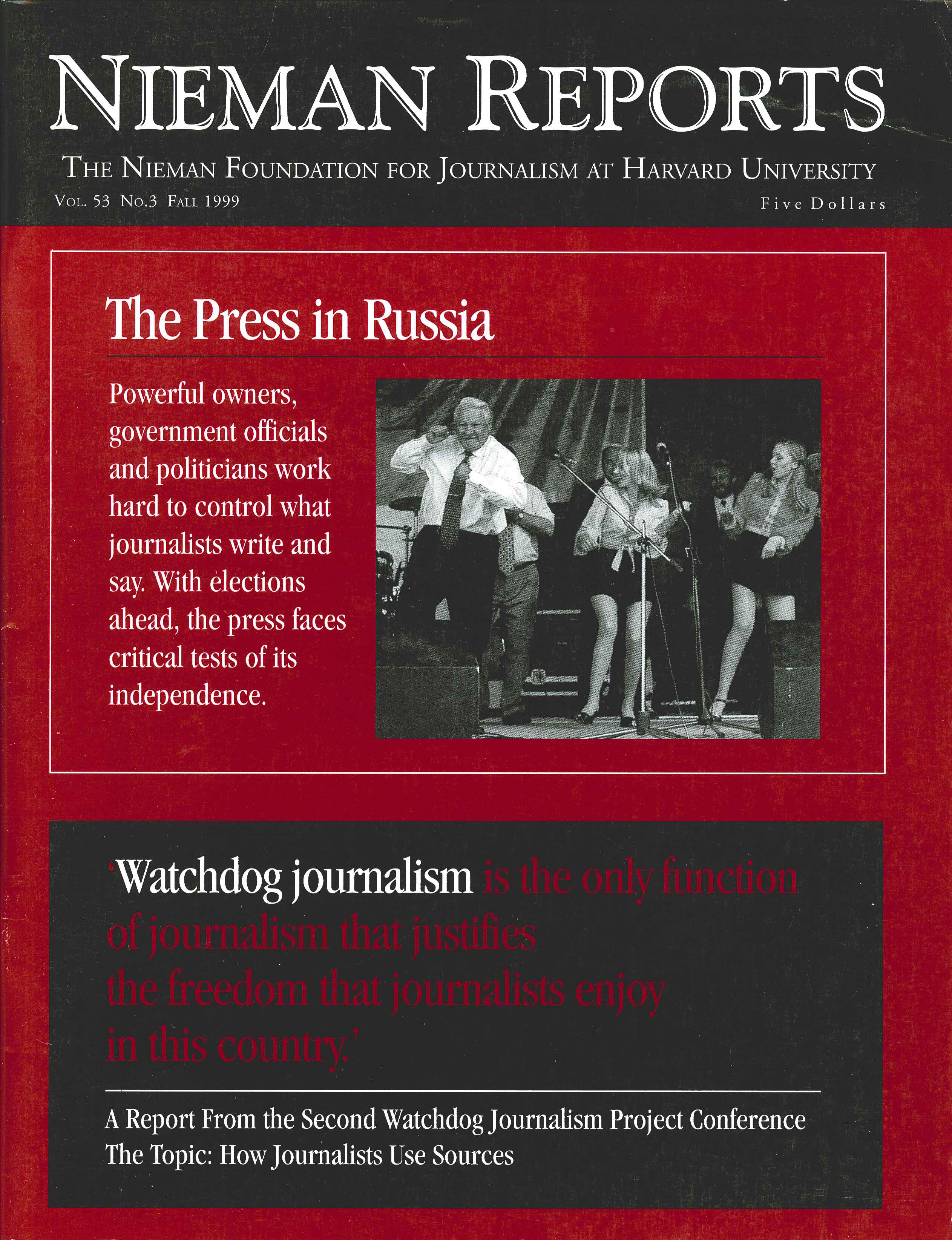Journalists put the public’s trust in peril when they publish stories in which a source has either given false leads or misleading information. Yet some journalists at the conference worried that this is happening more frequently.
Roy Gutman: “The worst kind of sourcing is the false independent source. We had that all last year through the Ken Starr investigation, where he was identified in a lot of papers as ‘a lawyer close to the case’ or ‘sources close to the case’ or ‘lawyers familiar with the investigation’ without [reporters] saying which side he was on. I don’t mind people who quote anybody as long as they identify which side they’re on. But when Starr, who is the prosecutor, is identified simply as ‘a knowledgeable attorney,’ and then he puts forth an accusatory quotation, to me that’s unforgivable on the part of the reporters who bought that. But that was his ground rule: ‘You can quote me, but you can’t identify me, even which side I’m on.’ I think that’s a deal that should never have been made.”
The article that follows presents an even more troubling situation. It illustrates what can happen when information is provided by an anonymous source, then presented again and again by reporters as a fact to support an allegation. In this case, the public wasn’t given the opportunity to be skeptical about its authenticity because there was no indication of how reporters had received the information or who provided it.


